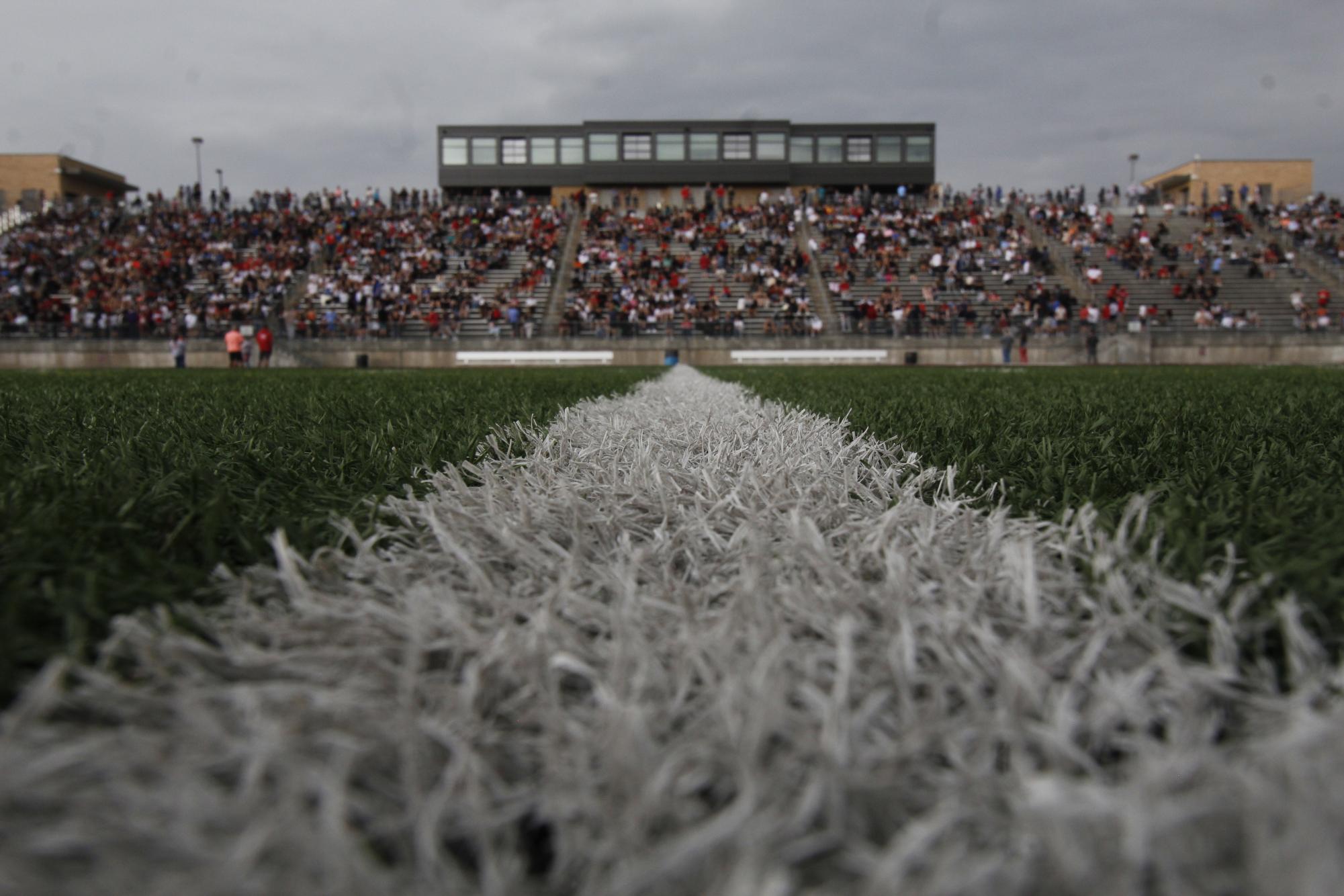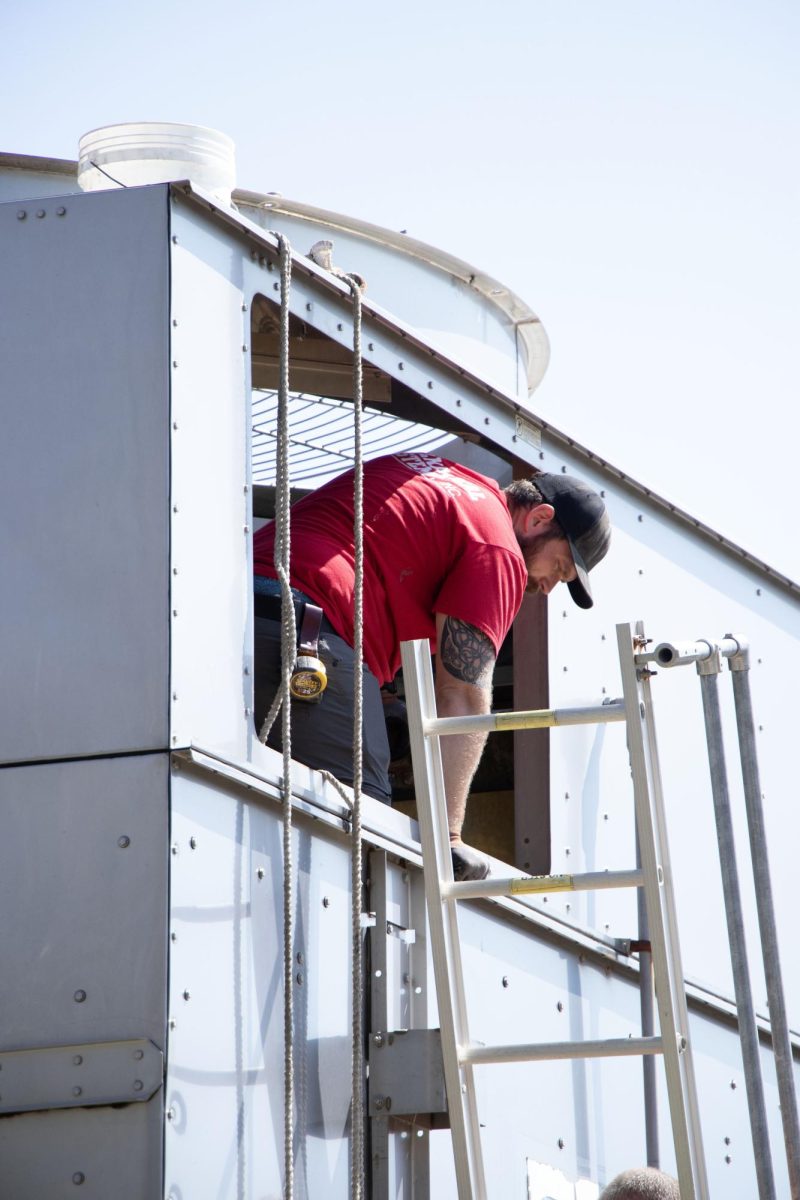
Abandoned bookbags littering empty classrooms, a carpentry workshop flooding with water, students running in dimly-lit hallways and crowded parking lots: All scenes that played out in a single afternoon. On Sept. 21, an unprecedented perfect storm of a fire alarm, an OPPD power outage, and incoming inclement weather left staff and students literally and metaphorically in the dark, and exposed holes in building evacuation policy that administration has worked to resolve since the incident.

It all started when a fire alarm was triggered at approximately 12:35 p.m. In accordance with the school’s standard fire alarm protocols, the building was emptied and all students and staff were evacuated to a safe distance away from the premises. It was around this time that OPPD suffered a major outage that temporarily knocked out power for Millard South, Bryan Elementary, and residential areas around Millard. The fire alarm and power outage were unrelated and entirely coincidental.
Building staff collaborated with district and OPPD officials in an effort to restore power to the building for some time, but the issue proved more difficult to resolve than initially thought, and emergency power systems were also faltering. All students were moved from their positions around the building to Buell Stadium, where they remained for close to half an hour.

To complicate matters, what had previously been a decent, fair weather day turned sour, and storm clouds were spotted rolling in from the north.

Junior Jack Morin noted that, among the student body, there was sparked “a pretty big concern that we were going to get rained on.” According to Assistant Principal Matt Geerts, the decision was made, “for safety’s sake, to bring everybody back in even though the power was not fully coming back on yet” not too long after the inclement weather threat was recognized.
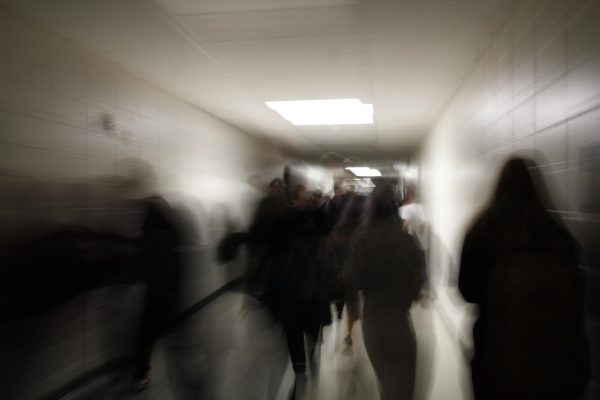
Students were tasked with retrieving their personal belongings from their classes before they were directed to the main gym. In the chaos of kids moving to-and-fro among the dark hallways, tensions were high, and people began leaving campus when communications from admin slacked.

Further complications with the evacuation arose when, in another entirely random act of chance, a spark sensor in one of the 300 block’s woodworking machines malfunctioned, triggering the sprinkler system. The sprinklers ran for nearly 20 minutes, causing significant flooding in the woodshop and adjoining offices.
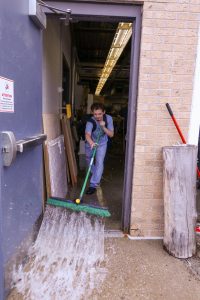
Full power was restored to the building just a few minutes before the end of third period, but by that time a large portion of the student body had either already vacated the campus or was making plans to do so. Classes and activities were still held thereafter, but any absences were excused- effectively canceling the rest of the school day.
The specific circumstances that precipitated this wild afternoon evacuation were entirely unprecedented, to the point where Principal Heidi Weaver hasn’t experienced anything like it in her 26 years in the building. As such, there was no contingency plan in place for what to do as the situation progressed, and it left administration scrambling to make up a plan on the fly.
The big issue at the heart of the evacuation confusion was a pervasive lack of communication – whether it be among staff, or between administration and the student body.
Throughout the incident, the student body received only sporadic and narrow reports as to what was going on. Many students only found out that the power was off through social media, while some others didn’t find out at all until much later. Put simply, in the words of Morin: “No one knew what was going on.”
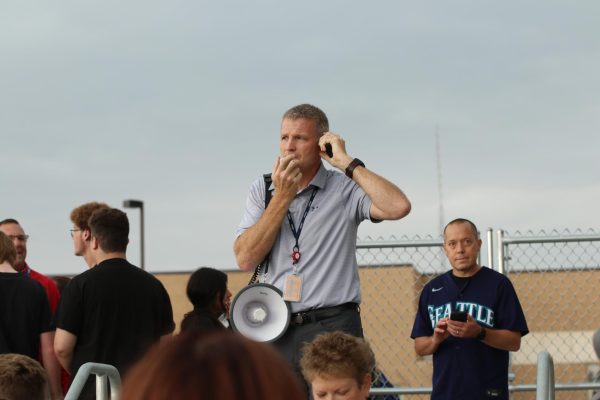
The situation also severely stressed interfaculty communication, particularly with staff-issued radios. While these radios do operate off of batteries and were utilized in the first stages of the power outage, they still rely on a connection to “home bases” within the building that, of course, were knocked out with the loss of power. Per Geerts, the power was off for about “70 [or] 80 minutes, and that pushed [radio communications] past where it can go.”
With the radios out of action, teachers and administrators were left with only face-to-face verbal conversation and text messaging to convey information on the developing situation.
In the aftermath of that odd afternoon, building and district administrators are working hard to recognize the issues that made the situation so stressful, and are putting in a considerable effort to produce proactive plans should similar strange circumstances arise in the future.
For future evacuations, students will be assembled into groups based on their position in the building (i.e. 100s, 200s, 300s, and 400s) and the away side of Buell Stadium will be utilized for student seating. On the staff side of things, department heads will meet at designated positions and times, and further redundancies and battery backups have been put in place so as to prevent the communication breakdown that became the hallmark of the power outage.
Sept. 21 was, without a doubt, an exciting and confusing day for many. Students, parents, and staff alike were left questioning what was going on and what would come next. What’s not in question, however, is that we can take the experience we gained from one bad afternoon, turn it on its head, and use it to make improvements for the betterment of our school for years to come.
“Overall, we handled it well, and we moved on. We learned from it, and hopefully all of us can figure out in the future what we need to do,” Weaver said.

